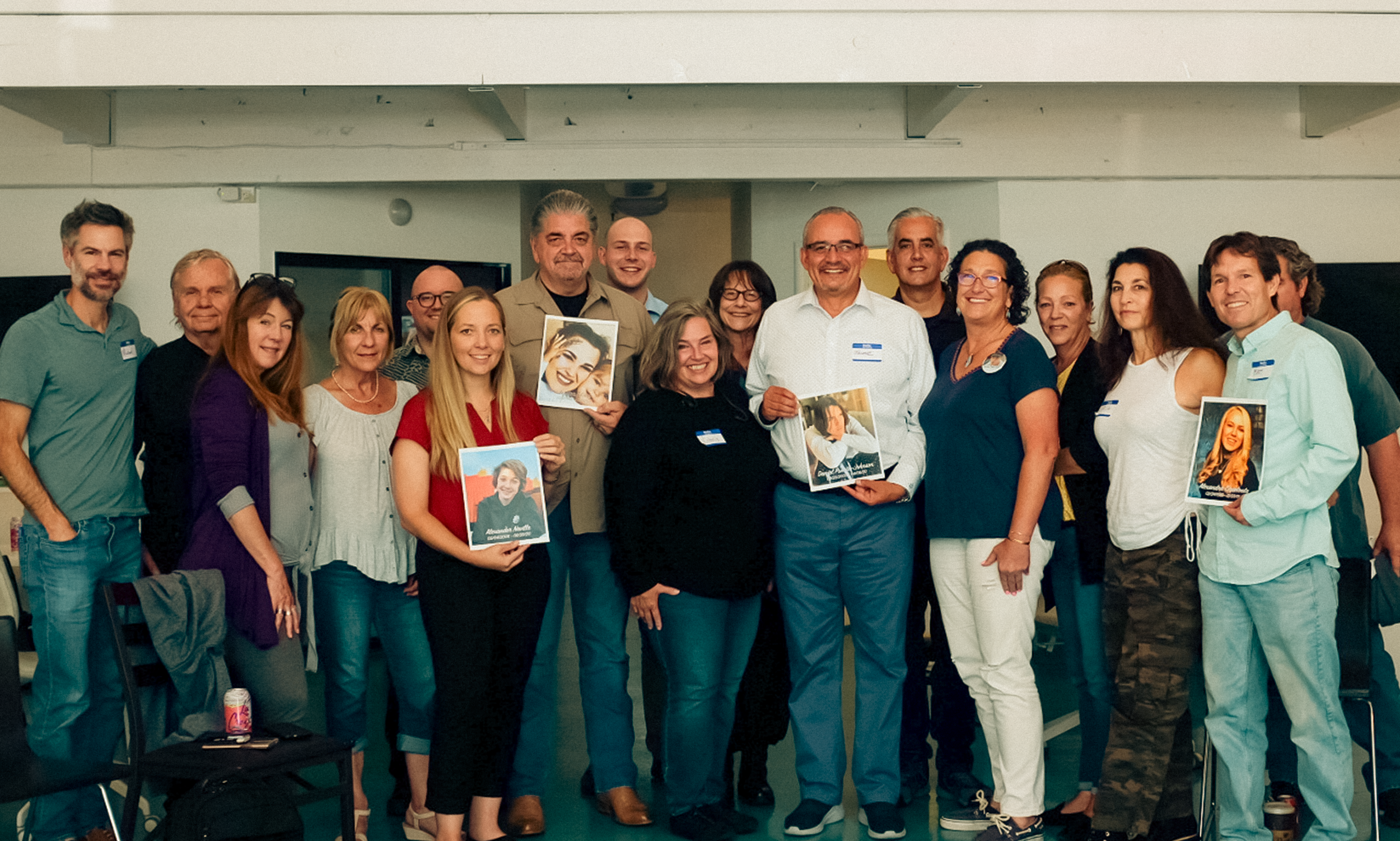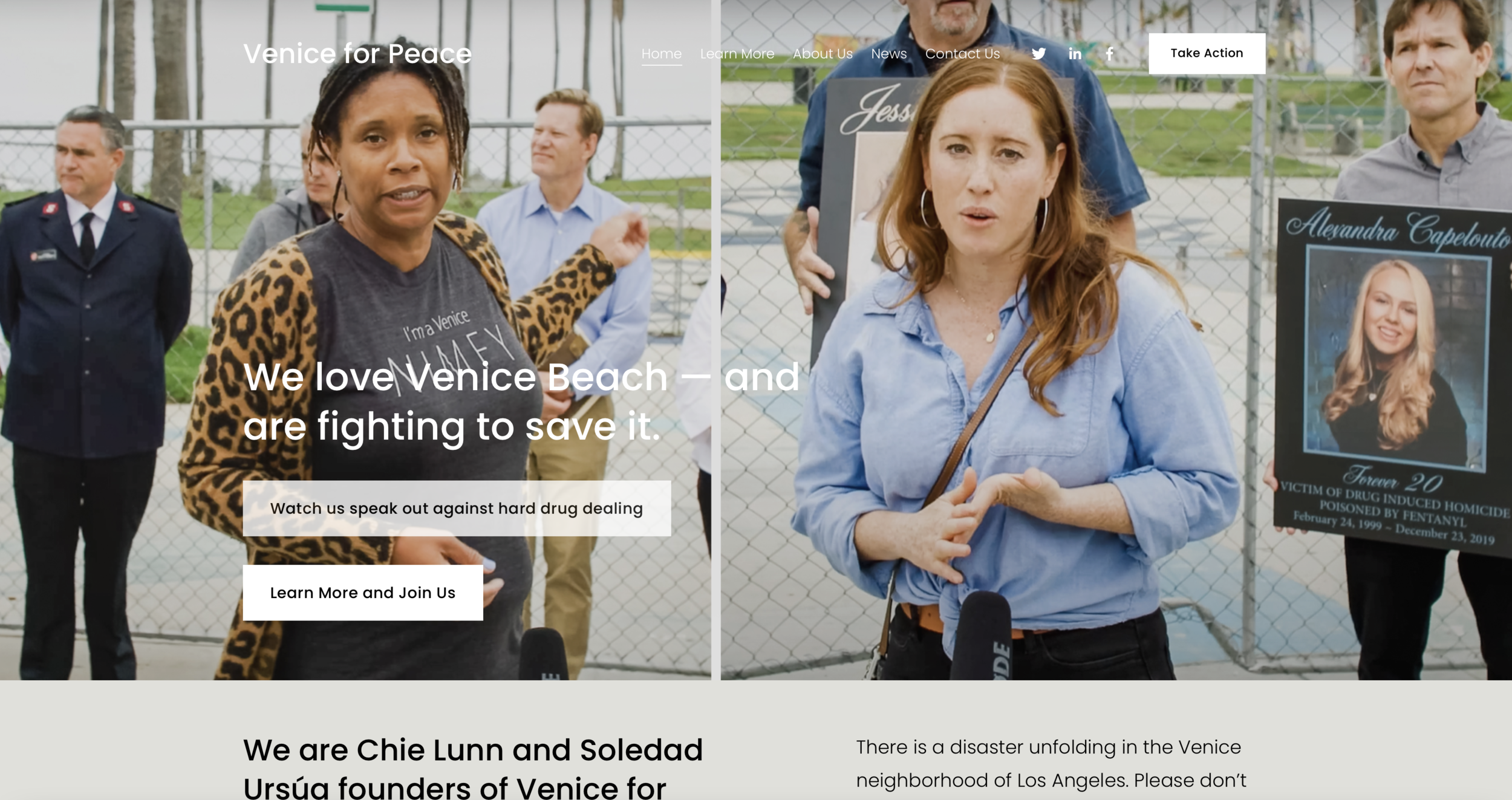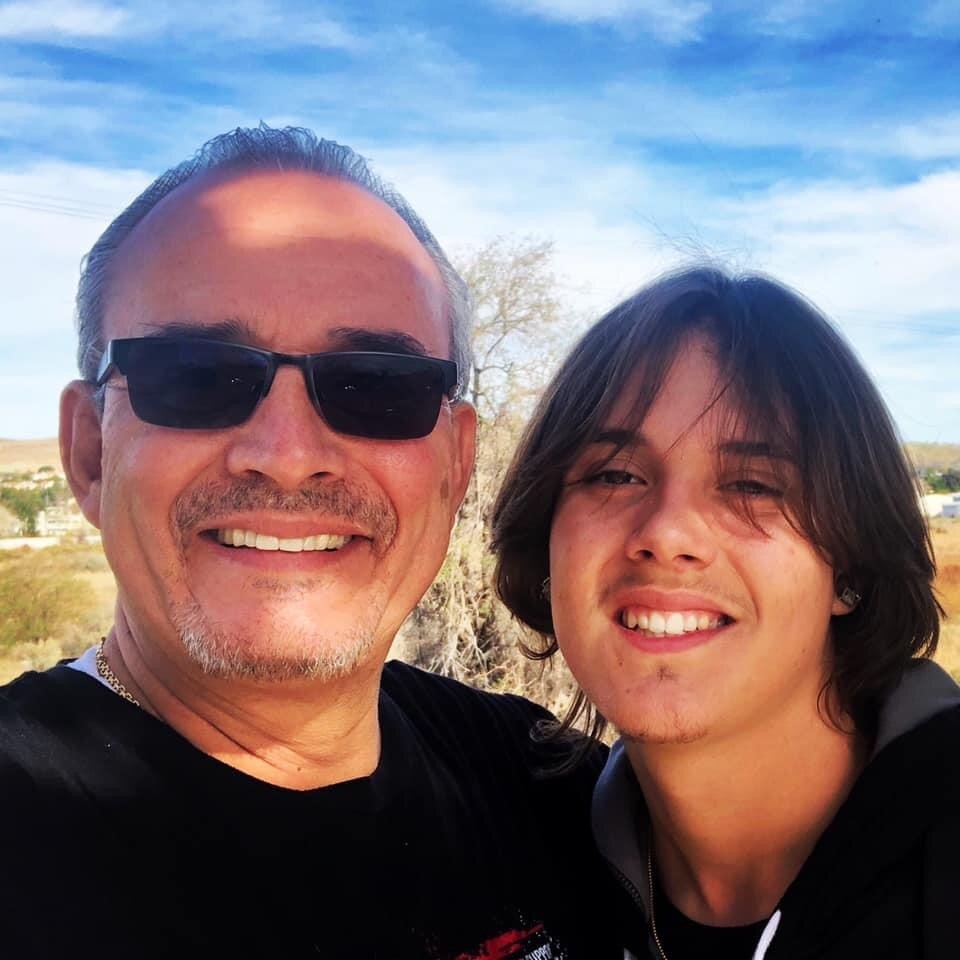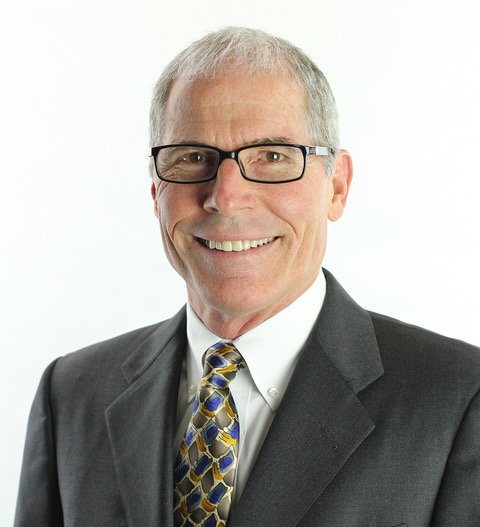
Our Protest in Venice Beach
We are a nonpartisan coalition of parents of children at risk of dying from illicit deadly drugs, parents of children killed by fentanyl, and community leaders who are fighting against drug death markets, for psychiatry for all, and for Shelter First to save lives, our communities, and our state.
Former California Highway Patrol Officer Steve Filson started RADD to fight for realistic solutions to preventing drug deaths after his daughter died from fentanyl poisoning in 2020
Jaime Puerta is a recovering addict who started VOID to fight to prevent drug deaths after his son’s life was taken by illicit fentanyl in 2020
Michelle Leopold founded We Are Not Alone after her losing her son to a drug death in 2020
Civilization Works, formerly Environmental Progress, is a research organization that is defending the pillars of civilization: Free Speech, Cheap Energy, Meritocracy, Law and Order, Equal Justice, Free and Fair Elections, and Childhood.
Contact: Paul Webster
Location: San Francisco
San Franciscans for Peace and Justice
Contact: Erica Sandberg
Members Of California Peace Coalition
Jabari Jackson is a recovering addict
Amy Neville lost her son, Alexander, to fentanyl poisoning in June 2020
Cedric Akbar, Executive Director of Positive Directions Equals Change, was formerly incarcerated and has been in recovery 31 years
Vicki Westbrook is a recovering addict who now works for San Francisco’s Adult Probation Department
Matt Capelouto lost his daughter, Alexandra, to fentanyl poisoning in December 2019
Cory Kremlacek’s son, Terry, is currently addicted to fentanyl and lives on the streets of the Tenderloin in San Francisco
Steve Filson lost his daughter to fentanyl poisoning in January 2020
Hugh Sharkey lost his step-son Danny in August 2020 to fentanyl poisoning
Michelle Leopold lost her son Trevor to fentanyl poisoning in 2019
Kevin Lee is a recovering fentanyl and meth addict
Michael Perry is a dentist and is passionate about helping individuals through evidence-based solutions
Jaime Puerta lost his son, Daniel, to fentanyl poisoning in April 2020
Jacqui Berlinn’s son, Corey, is currently a fentanyl addict who lives on the streets of the Tenderloin in San Francisco
Tom Wolf is a recovering fentanyl addict
David Barrios is a formerly homeless community advocate who has been in recovery for eight years
Cregg Johnson, Co-Director of Positive Directions Equals Change, was formerly incarcerated and has been in recovery 35 years
Michelle Leopold’s son, Trevor, died from fentanyl poisoning in December 2019
Rev. James Thompson, O.P., Promoter of Justice & Peace, Western Dominican Province
Erica Sandberg is the founder of San Franciscans for Peace and Justice
Gina McDonald’s daughter, Sam, is recently clean from her heroin addiction. Gina herself was once an addict and is many years clean
Alley Mills is the Chair of the Drug Abuse and Mental Health Committee of the Venice Neighborhood Council
Jacqui Berlinn founded Stop Fentanyl Deaths to fight to get her fentanyl-addicted son, Corey, off the streets of San Francisco.
Soledad Ursúa and Chie Lunn founded Venice for Peace after open drug scenes and homeless encampments made Venice Beach dangerous for residents.
Tom Wolf was a homeless addict who lived on the streets of San Francisco. He has been clean since 2018 and is building a grassroots movement of recovering addicts and addiction experts.
Former California Highway Patrol Officer Steve Filson started RADD to fight for realistic solutions to preventing drug deaths after his daughter died from fentanyl poisoning in 2020
Jaime Puerta is a recovering addict who started VOID to fight to prevent drug deaths after his son’s life was taken by illicit fentanyl in 2020
Michelle Leopold founded We Are Not Alone after her losing her son to a drug death in 2020
Environmental Progress is a research organization that incubates ideas, leaders, and movements, including for the goal of drug peace
Contact: Paul Webster
Location: San Francisco
San Franciscans for Peace and Justice
Contact: Erica Sandberg
Members Of California Peace Coalition
Jabari Jackson is a recovering addict
Amy Neville lost her son, Alexander, to fentanyl poisoning in June 2020
Vicki Westbrook is a recovering addict who now works for San Francisco’s Adult Probation Department
Matt Capelouto lost his daughter, Alexandra, to fentanyl poisoning in December 2019
Cory Kremlacek’s son, Terry, is currently addicted to fentanyl and lives on the streets of the Tenderloin in San Francisco
Steve Filson lost his daughter to fentanyl poisoning in January 2020
Hugh Sharkey lost his step-son Danny in August 2020 to fentanyl poisoning
Michelle Leopold lost her son Trevor to fentanyl poisoning in 2019
Kevin Lee is a recovering fentanyl and meth addict
Michael Perry is a dentist and is passionate about helping individuals through evidence-based solutions
Jaime Puerta lost his son, Daniel, to fentanyl poisoning in April 2020
Jacqui Berlinn’s son, Corey, is currently a fentanyl addict who lives on the streets of the Tenderloin in San Francisco
Tom Wolf is a recovering fentanyl addict
Michelle Leopold’s son, Trevor, died from fentanyl poisoning in December 2019
Rev. James Thompson, O.P., Promoter of Justice & Peace, Western Dominican Province
Erica Sandberg is the founder of San Franciscans for Peace and Justice
Gina McDonald’s daughter, Sam, is recently clean from her heroin addiction. Gina herself was once an addict and is many years clean
Alley Mills is the Chair of the Drug Abuse and Mental Health Committee of the Venice Neighborhood Council
Our Stories
Matt and Alex Capelouto
Matt and Christine Capelouto lost their daughter, Alexandra, to fentanyl poisoning on December 23rd, 2019. Alexandra, or Alex, was a student at Arizona State University majoring in sociology. She was funny and witty, loved to make people laugh, and deeply desired to help those in need. The day before she died, Alex was accepted for a job in the foster care system, which is where she wanted to work after graduating from college.
Since high school, Alex had suffered from insomnia, which fluctuated depending on the day. She and her parents had seen numerous doctors and tried countless therapies. On the day that she died, she mentioned to her parents that she was having trouble sleeping. Later that day, she took an illegally-obtained opioid pill, likely to help her fall asleep. That pill was a counterfeit made of pure fentanyl, and it killed her.
Police ruled out her death as a suicide and labeled it an “accidental overdose.” The police know who sold her the pill but have not pursued charges. They do not believe the dealer’s actions constitute homicide, despite the direct link between the dealer’s actions and Alex’s death.
In her name, Matt and Christine co-founded Drug Induced Homicide, which advocates for justice for the victims of illicit drugs.
Jabari Jackson
Born and raised in San Francisco, I am a product of everything that you don't hear about when you think of the city by the bay. At a young age I was exposed to the things that would play a big part in my destruction. I was raised in a environment that promoted drugs, violence, sex, hustle, street life, a false belief against the system, and a loss of innocence at an early age. With that being said, you can say that I had an appetite for destruction which led to the recipe for disaster. Looking for acceptance, I followed the guidance of the ones I looked up to, knowing and accepting the fact it was poison to my family, friends, and community. That opened the door to the biggest toxin of them all - drug abuse. Once drugs and alcohol entered my life at the early age of 13, it didn't take long for my addiction to become full blown. Lying, stealing, manipulation, and criminal behaviors was the beginning and by the age of 18 my career of drug abuse and incarceration was in full effect. For the next 37 years my addiction led me to homelessness, jails and prisons, loss of family, health issues (mentally, physically and emotionally), destructive relationships, destructive behaviors, toxic environments, and near death experiences.
By the grace of God, in 2018 I was involved in a case that was going to send me back to prison. I say the grace of God because during this time I found Him. That was when I realized that I was tired of the recidivism I've been a part of for the past three decades. That was the time when the thought of change became a possibility. I was released to a residential drug treatment program, and surrendered my will and my way to the process of recovery. Since then I've been blessed to have been several years clean. I have earned my college degree, received multiple awards, become an active member of city commissions, a mentor, a community activist, and have regained the love and trust of my family, friends and the community that I once destroyed. My mission is to provide a supportive culture through strength, knowledge and guidance. Just as it was done for me I will continue to keep the doors open for those who are trying to find a second chance at a first class life.
Gina and Sam McDonald
Gina McDonald grew up in a household with an alcoholic father. While in high school, she experimented with alcohol and marijuana. When she turned 21, she unfortunately followed her father’s footsteps and started drinking heavily, eventually becoming addicted. After having her daughter at age 26, Gina started doing outpatient treatment for her alcoholism.
Gina was clean for four years, but after being prescribed opioids following surgery, she became hooked on them and got opioid prescriptions wherever she could find them. Once her addiction became unmanageable, she was thrown out of her house and ended up on the street. She started using meth in addition to the pills. After losing everything, Gina realized she needed to turn her life around, got clean, and returned to her family.
Gina’s daughter, Sam, began experimenting with marijuana in high school and later moved onto cocaine, and then heroin. She ended up on the street, frequenting the Tenderloin. In a positive step, Sam recently admitted herself into rehab where she is in recovery.
Jaime Puerta
Jaime Puerta lost his son Daniel Puerta-Johnson on April 6, 2020, due to fentanyl poisoning. Daniel was a charismatic child, who was diagnosed with severe depression and ADHD in January of 2020. After his 10th grade football season was over, Daniel began experimenting with marijuana and soon after began taking Xanax. He started Intensive Outpatient Rehab and later went to Wilderness Therapy in Utah, where he thrived. Daniel then excelled for over a year and a half in school, where he was able to catch up with his class and dreamed of graduating on stage in June of 2021. He was also learning how to code and started his own Instagram business selling fashionable t-shirts. Life in general for Daniel was pretty normal until the pandemic lockdown began.
Daniel decided to self-medicate because of his depression, which worsened during the lockdown. He allegedly went onto Snapchat and bought what he thought was a pharmaceutical trade-marked Oxycodone pill, but what he had actually purchased was a counterfeit pill made with binder and fentanyl. He consumed half of that pill, which ended his life
Since Daniel's death, Jaime has co-founded two foundations in honor of Daniel, The Fentanyl Awareness Coalition and V.O.I.D., "Victims of Illicit Drugs", which are dedicated to ending drug deaths.
Tom Wolf
Tom Wolf was married with two children and worked a good job with San Francisco’s city government when he got hooked on opioid pain pills. His doctor prescribed them after a foot surgery in 2017. When his prescription ran out, Tom began buying illicit opioid pills in the Tenderloin. He became addicted and soon was spending his entire paycheck on opioids. Eventually he switched to heroin, which is cheaper than pills.
His wife gave him an ultimatum to either get drug treatment or leave the family, so Tom decided to abandon them and become homeless. For the next six months, he lived on the streets and smoked fentanyl. He saw people develop skin abscesses from shooting low-grade heroin, and he woke up next to people who had overdosed and died.
Tom was arrested 6 times for holding drugs for the street dealers to finance his addiction, shoplifting, and other crimes. After his sixth arrest, he spent 3 months in jail where he decided to get clean. Since Tom has been in recovery, he has reconciled with his family and become an advocate for solutions to homelessness, the drug crisis, and sensible approaches to drug policy. Now, Tom leads the Recovery Education Coalition.
Amy and Alex Neville
Amy and Aaron Neville lost their son, Alexander, at age 14 to fentanyl poisoning. Alex was a bright boy with a dynamic intelligence—his interests ranged from music to encyclopedic knowledge of topics like Egyptology.
Alex began to experiment with drugs in seventh grade, when he started smoking marijuana. In part, he was self-medicating for his ADD and anxiety disorders—without his parents’ full grasp of his drug use and emotional needs. This occurred despite frequent and frank conversations with his parents about everything. They sought professional counselling, at one point even enrolling Alex into an inpatient program for emotional support.
Eventually, this led him to purchasing what he thought were medical-grade opioids from dealers on the social media app Snapchat. What he didn’t know was that the pills he was purchasing were counterfeits made of fentanyl. Social media and counterfeit drugs have become commonplace among younger users. Counterfeit, laced, and pure fentanyl is now responsible for the majority of drug deaths in the US—approximately 65,000 in 2020.
After a week of experimenting with pills, their hold on Alex’s life frightened him. Alex didn’t understand—he’d researched dosages for OxyContin and didn’t know how taking so little put him on the path of addiction. At the end of this week, he confessed his struggles to his parents. He was terrified, confused, and wanted treatment. The next night, before he could go to treatment, he took one of these pills. It contained a lethal dose of fentanyl and killed him within the hour in his own bedroom.
Since his passing, Amy and Aaron have emerged from their mourning with a mission: that no other child dies how Alexander died and that no other family has to know that pain.
Cory and Terry Kremlacek
Cory Kremlacek’s son, Terry, has struggled with addiction for the past several years. He started suffering from depression in middle school and began using heroin in his late teenage years to cope. He did rehab when he was 19 and stayed clean for 8 years. During that time, while working full time as a manager in a small business, he graduated from Sonoma State University with a B.S. in business. After graduating, Terry relapsed and is now addicted to fentanyl. He’s had success in rehab several times but this time hasn’t been able to shake his addiction. He lives on the streets in the Tenderloin and is resourceful in finding ways to pay for the fentanyl.
Cory has been able to stay in touch with her son and has seen him intermittently this year. She has brought him food and clothes and recently bought him a brief stay at a hotel. Last time she saw her son, she told him, “It breaks my heart to see you like this.”
Victoria Westbrook
Victoria Westbrook was born in Alabama and became the first from her family to graduate from college. After graduating from Georgia Tech in 1990, Victoria moved to the Bay Area to start her career. She began experimenting with various drugs. In 1994, Victoria’s twin died which was the catalyst for her daily methamphetamine use which would continue for the next twenty years. In 2014, Victoria was convicted on federal drug charges. Going to prison clean and sober, she was determined to be a better person upon her release in 2016.
While in prison, Victoria decided to turn her life around. She took as many classes as she could while incarcerated, worked on herself, and helped fellow addicts recover and build a life in recovery. Today, Victoria credits her time in recovery programs in prison as how she got her life back from addiction. She now works for the San Francisco Adult Probation Department, helping people who are reentering society as she once did.
As the Women’s Gender Responsive Coordinator for the Reentry Division of the San Francisco Adult Probation Department, Victoria is charged with developing, implementing, and advancing a clear and actionable women gender-responsive pathway for justice-involved cis and trans women and gender-nonconforming individuals. She is also the Reentry Policy Planner, overseeing and staffing the Reentry Council of the City and County of San Francisco and its three subcommittees. She also begins her Master’s in counseling at Palo Alto University in September 2021.
In her own words: “I know that my past has shaped me, but it does not define me or my future. Make no mistake - we can and do recover! Today, I understand that the opposite of shame is not pride, it is acceptance. It is this understanding that allows me to live in my truth and be comfortable sharing my story. I also know that I am not my past mistakes; that I have value and worth intrinsically. I believe that my past experiences are more an asset than a liability and have brought me to where I am today and who I am today. They also enable me to give back to my community in very real and tangible ways with love and compassion.”
Michelle and Trevor Leopold
Michelle Leopold lost her son Trevor to fentanyl poisoning when he was 18. Trevor began using marijuana and prescription pills his freshman year of high school. He decided marijuana was his drug of choice and said it made him feel like he fit in, but he could be violent when he was coming down from highs.
Trevor’s parents tried everything to get him off his addiction. They sent him to six different high schools in four years and required him to do rehab, but he didn’t want to quit. Despite his rocky high school experience, Trevor earned good grades and was accepted into Sonoma State University.
Unfortunately, when Trevor turned 18, his parents could no longer force him into rehab by law. On November 17th, 2019, during his first semester of college, Trevor took fentanyl-laced counterfeit oxycodone and died in his sleep. Trevor never did fentanyl by itself and may not have known it was in the pills he took.
In Michelle’s words: “My beautiful boy was a nature lover, a kind and giving friend, and always full of life. He was so much more than his addiction. I wish every day that he was here now, but in his honor and memory, I've been raising awareness among parents about the dangers of fentanyl. There is so much that needs to be done around this crisis, including pressing our lawmakers to change laws that enable addiction.”
Dr. Michael Perry was a dentist in private practice for 35 years. He has also been a dental private practice business consultant for the past 20 years. He was the founder and president of Momentum Dental Business Consulting. He has coached hundreds of dentists on how to achieve their version of professional success while giving back to their local communities.
Michael has been involved in many community service endeavors. He was the creator of “Project Smile” (Santa Rosa), a joint venture with the Sonoma County YWCA that provided free dental services for victims of domestic violence. He was also a board member for the Bennett Valley Union School District. He was president of the board in 1999.
Michael is passionate about helping those who are less fortunate in society through active support of evidence-based programs.
Brianna Moore
Brianna Moore was a straight A student and graduated from high school with a 4.3 GPA. She ran two marathons before she went to high school and was a front row violinist. She struggled with the pressures of high school when she was seventeen like many of her classmates but she overcame this after a brief amount of time. She got back on track and graduated despite the challenges of the pandemic. Top schools like MIT were trying to recruit her.
In the summer of 2020, when she was eighteen, Brianna got involved in protests in San Diego which took her to Los Angeles and Echo Park. Here she was lured into an environment where drug use was common. She took some cocaine, which, unknown to her, contained fentanyl. She died from this poisoning. She was found two days after her poisoning in a tent in a homeless encampment. A drug dealer killed her.
James G’s son first began smoking marijuana as a freshman in high school. Soon after he started taking hallucinogens and injecting heroin. He may have been self-medicating, as bipolar disorder runs in the family. His parents took him to see a psychologist, which he completely rejected, walking home rather than sit through an appointment. His parents enrolled him in 30 day rehab programs four times. None were successful. Yet despite his drug use, he graduated from high school.
While high on cocaine, he attempted to rob a newspaper deliveryman at knifepoint. For this crime, he was sentenced to either 2-3 years in prison or mandatory rehab. He chose prison. After 2 and a half years in prison, he was released and started taking methadone and returned to school, earning a two-year degree. He became a dental technician, work which he enjoyed. After a couple of years of being a dental technician, he went to UC Davis to earn a four-year degree. Unfortunately, he dropped out of UC Davis his last semester because he began using again to cope with stress from school.
His status as a felon made finding meaningful employment impossible and he took a job cleaning horse stalls. Today he has pled guilty to several serious crimes and is once again choosing prison over rehab.
James G is involved in California Peace Coalition because he wishes a program like Cal-Psych, one that treats addicts through evidence-based programs managed by caseworkers, had existed when his son was first struggling with addiction. The treatments James had at his disposal when helping his son were expensive and ineffective, and he believes California can do so much better.
-

See for Yourself
California’s people and cities are dying and being destroyed by addiction, untreated mental illness, and crime. Join us on a fact finding mission to Venice Beach, Skid Row, Tenderloin in San Francisco, the Blade in Seattle and other devastated neighborhoods.
-

Take Action
Parents of children killed by fentanyl, recovering addicts, parents of homeless addicts, and others are protesting and demanding action. Join us in Sacramento on Monday August 16, 2021 to launch the California Peace Campaign.
-

Join the Movement
We take research, analysis, and policy development seriously. We are looking for smart, educated people to help us.











































